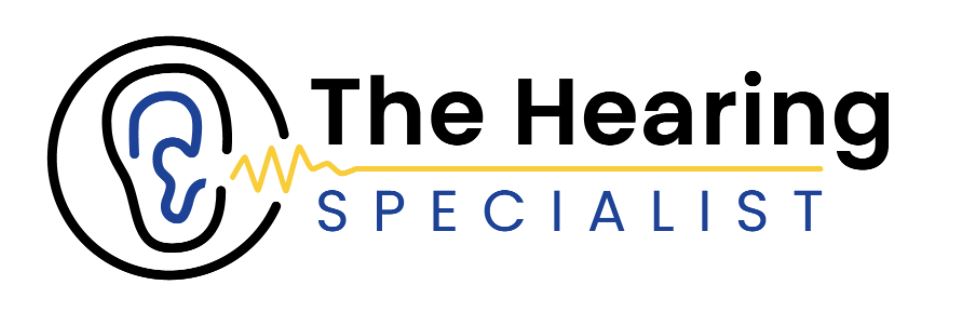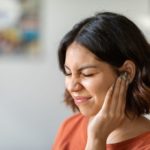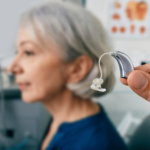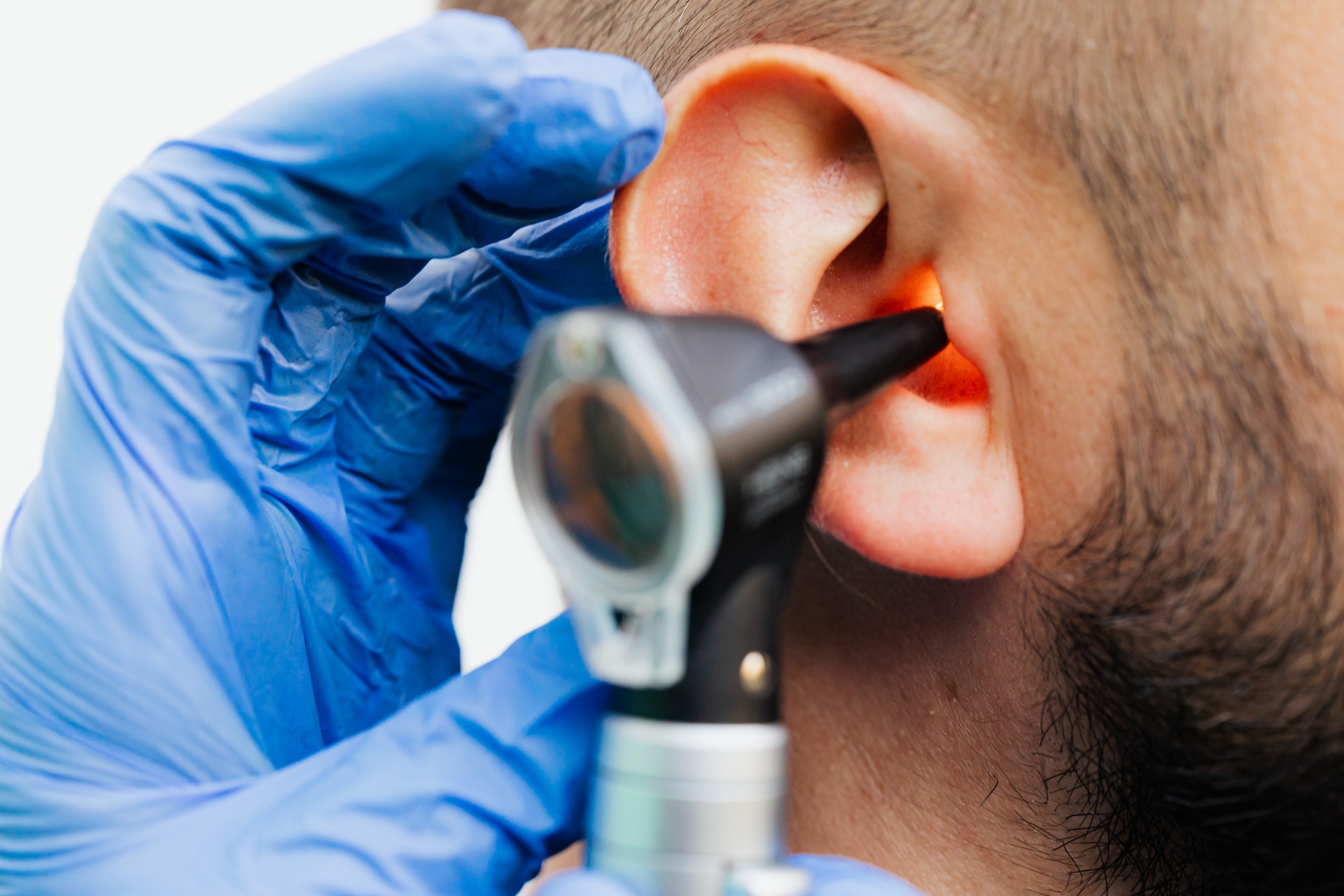While your hearing is just as important as your sight, taste and overall health there is a disparity in the way that most people take care of it. For many, hearing is seen as something that just “is”, and therefore doesn’t need to be seen by a specialist. Well, this way of thinking is wrong.
In fact, having your hearing regularly checked up on is the best way to make sure that you don’t have a creeping condition slowly worsening within your hearing, that could lead to lasting damage, alongside a whole host of other mental and physical conditions.
While most people are familiar with the procedure of visiting an optician, and almost everyone will be uncomfortably familiar with their dentist, many of our patients do not know what to expect from their hearing checkup. To change this, we are today going to touch on what you can expect when you book your first hearing consultation, and what follows afterwards.
Before your appointment
As it stands many of our patients come to see us when they notice a problem with their hearing, and this is absolutely the correct course of action. If you find yourself struggling to hear sounds that normally are no problem for you, then this might be the symptoms of something concerning in your hearing.
Of course, even if you aren’t experiencing problems with your hearing, you should still book yourself regular appointments, usually around once per year. Doing this is really simple, even during the ongoing COVID restrictions.
As an essential medical service, you can book an appointment within the comfort of your own home. This flexibility allows us to suit your needs, and makes keeping one of your key senses in top condition as easy as possible.
Depending on the reason behind you booking an appointment, we may ask you to perform some small tasks to make the consultation go as smoothly as possible. These tasks might be as simple as making sure your ears are clean, or could be the application of certain eardrops if we suspect there to be an earwax issue. All of this will be explained to you well ahead of time and none of it is any cause for fret or concern.
During your appointment
When it comes to the appointment itself, you will be guided by a professional audiologist and their aides, so all that is left for you to do is sit back and let them get to work.
First, your audiologist will conduct a visual inspection of your ears. While your hearing is an internal function, it relies on physical external tools. The first step in making sure your hearing is sound is to make sure that these tools are well cared for and fit for the job.
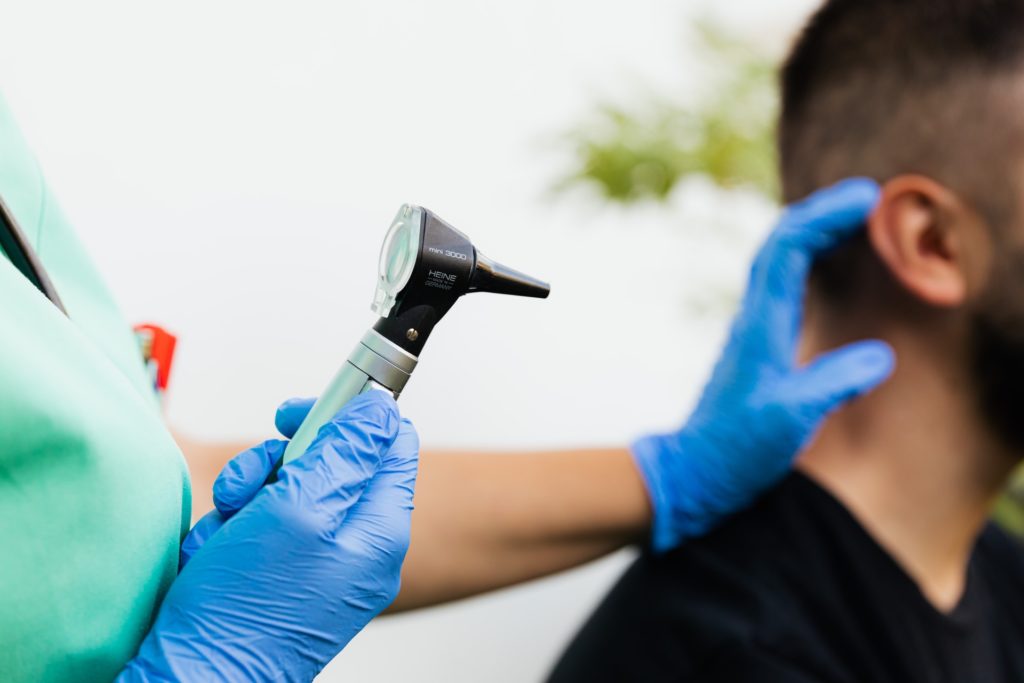
This inspection will involve the audiologist using a tool called an otoscope to take a look down into the inside of your ear. This is not an uncomfortable experience, and is no more intrusive than inserting a set of headphones.
The otoscope will allow your audiologist a perfect view of the inside of your ear, allowing them to check for any damage to the eardrum or canal, and any blockages that may be causing you a loss in hearing performance. One of the most common of these blockages is a build up of earwax which will be professionally removed.
During this inspection your audiologist will also keep an eye out for any suspected infections within the ear. Should there be evidence of any, they will give you honest and helpful advice on how best to deal with said infections, and where to get the correct treatment.
The second phase of the consultation will be to test your hearing itself, not just the equipment. This is just as important as assessing physical damage as there are a whole host of issues and conditions that cause the signals of your hearing to not make it to the brain, or to make it there in a reduced capacity.
To test these internal workings, you will be taken through a tone test which will assess each area of your hearing, and help towards diagnosing any issues.
The tone test
A tone test is probably the hearing test most people are familiar with, and is broken down into two types: pure tone audiometry, and bone conduction headset tests.
Pure tone audiometry
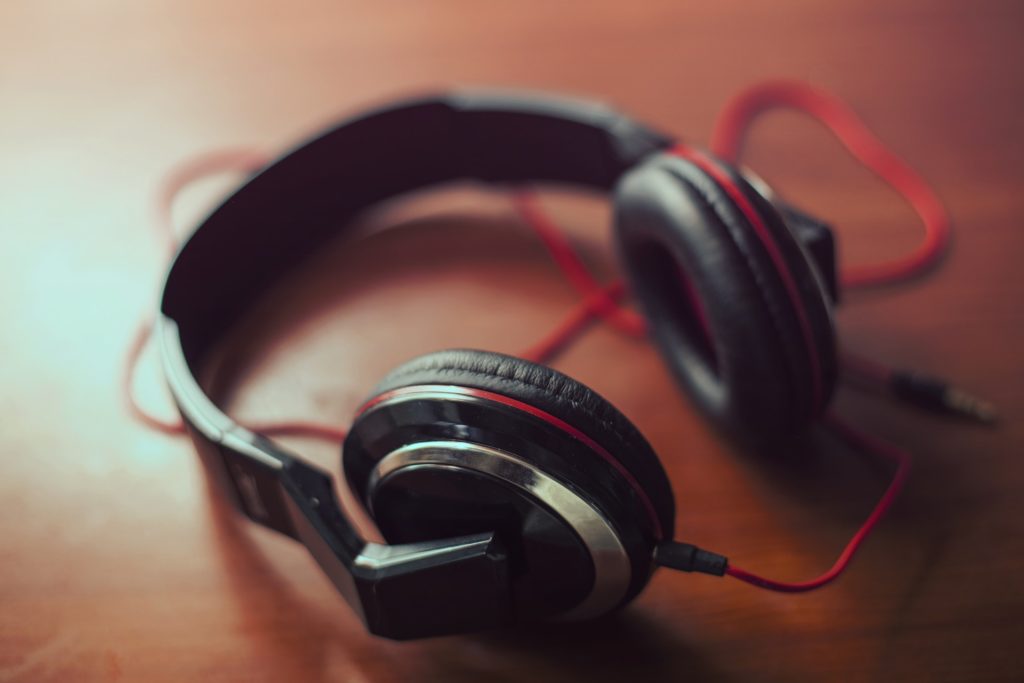
For this test you will be asked to wear a pair of noise cancelling headphones that cut out almost all of the sound around you, and you will be given a button to hold. The test is then carried out by playing you a series of high, mid and low pitched tones, with you pressing the button each time you hear one. The purpose of this test is to determine the lowest level of sound you can hear in each sound frequency.
The results of this test will be presented in a graph called an audiogram, which gives an accurate readout of your hearing levels throughout the sound spectrum, and will offer valuable insights into what issues are being caused and where. Your audiologist will then use this information to tailor treatment or even program hearing aids where necessary.
Bone Conduction Headset Test
In some cases, the traditional headphones approach might not be appropriate, and in these cases a bone conduction headset is used to bypass the outer ear, and apply the tones directly to the cochlear. To achieve this, the headset is placed on the patient’s mastoid bone, just behind the ear.
Conductive vs. Sensorineural Hearing Loss
You might be wondering why we use two different tone tests, and the answer is there are two main kinds of hearing loss.
Conductive hearing loss is the phenomenon where your ability to hear is impaired by a physical blockage within the outer ear. The causes for this blockage may vary from foreign objects, a buildup of earwax or some form of swelling caused by an infection. In these cases using the traditional pure tone audiometry method of wearing headphones may produce results that are not representative of your actual inner hearing ability.
To get around this, and test for sensorineural hearing loss, bone conduction headsets play the tones directly onto the cochlear. This test will help to diagnose any problems with the inner workings of your ear where the sound signal is converted and sent to the brain. In these cases the long term treatment is usually hearing aids, and the accurate data taken from a bone conduction audiogram will enable the audiologist to tailor them accordingly.
Read more about these two different kinds of hearing loss here.
After your appointment
Before you or your audiologist departs they will discuss the results of your hearing tests with you, and if required, what the next steps will be. For many, and in the best cases, you will be told to continue as you have so far and can look forward to your next assessment in a year’s time.
Should an issue be found however, it is time to discuss the treatments for them. If your hearing is compromised by a simple earwax blockage then the treatment for it might just be a round of microsuction which can be performed on the spot. This quick and painless treatment can work wonders on those with temporary hearing loss.
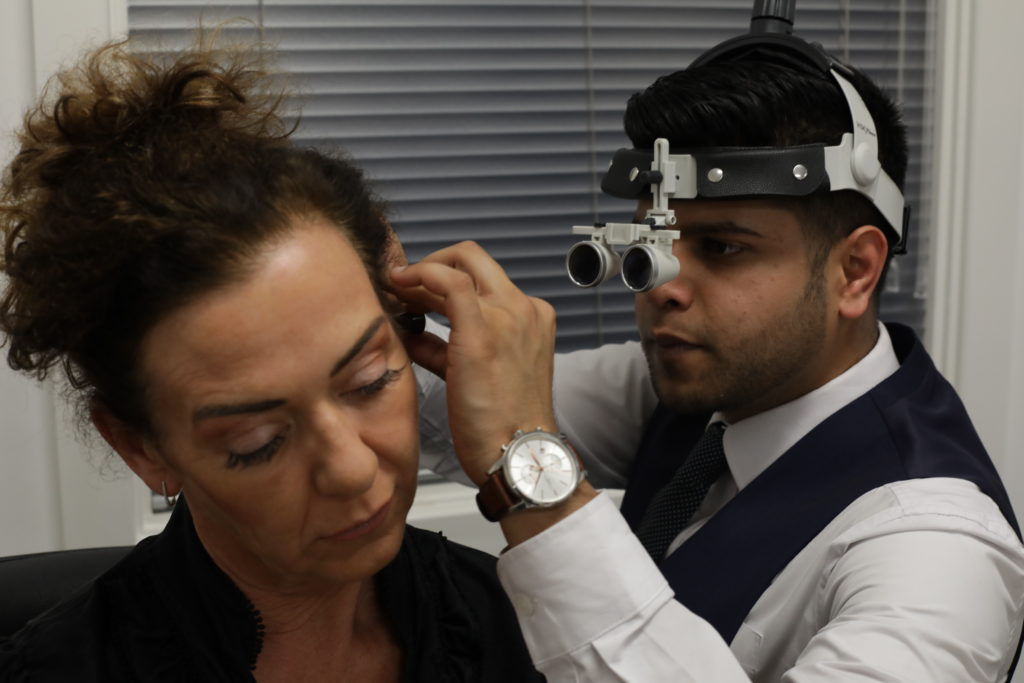
If your condition is more chronic, then hearing aids may be the appropriate treatment. This is the start of a journey to better hearing that will be with you forever, but is no longer the burden it once was.
Modern hearing aid technology has led to smaller, more discreet and more advanced units that augment your hearing, rather than simply turning the volume up on your life. Smaller, lighter and with a longer battery life including these units into your daily life is no more hassle than putting on a watch in the morning, and the increased connectivity with smart devices could actually provide you with more benefits than just improved hearing.
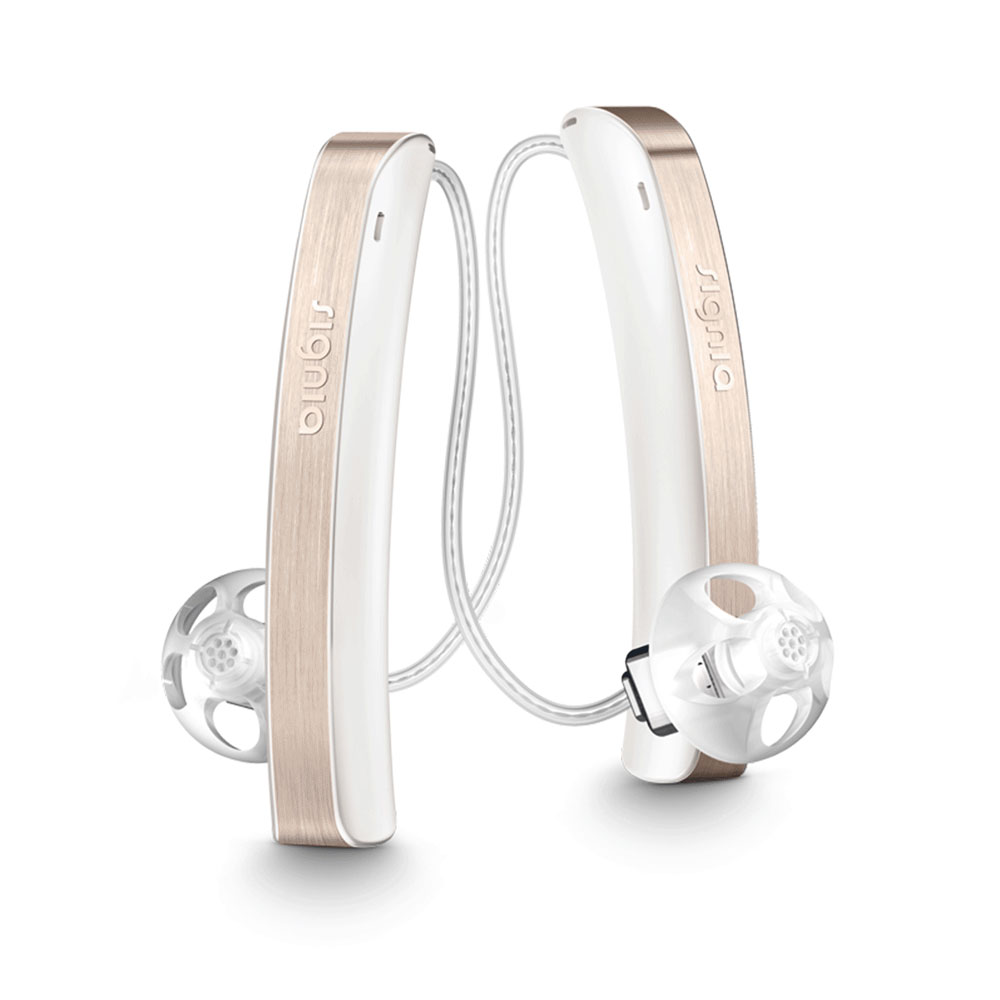
Where hearing aids are suggested your audiologist can arrange a trial period for you to experiment with a hearing aid as part of your daily life, and decide if it is the right unit for you. These “try before you buy” periods are agreed on a case by case basis and can be discussed in more detail with your audiologist.
In either case, your audiologist will carefully take you through each treatment, and will under no circumstances leave you confused or concerned. Besides our obvious priority of maximising your hearing, we also focus heavily on improving the patient experience, and pride ourselves on leaving them smiling.
Booking your next appointment
And that’s it! You’re now ready to book your next appointment, and continue on your journey to healthy hearing. The Hearing Specialist is a Croydon based independent audiologist practice who combines years of experience with a need to improve the patient experience.
Focussed on your convenience we are open from 9am to 6pm 6 days a week, and offer home visit appointments in various south London communities. If you live in Sutton, Croydon, Wimbledon or Banstead and think you could benefit from a hearing consultation or earwax microsuction then book your appointment with us today by clicking here.
